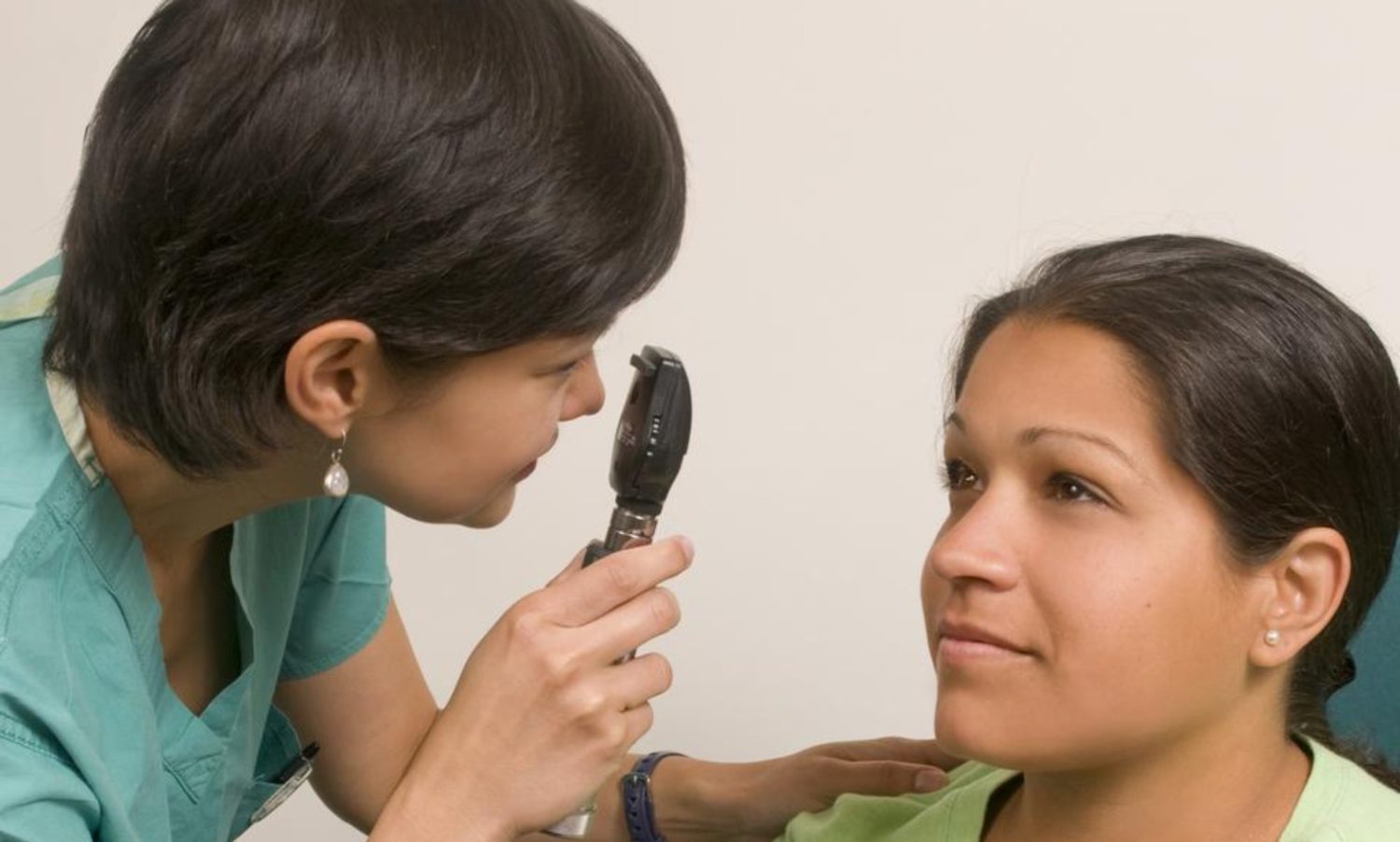Many students plan to go to medical school in the Caribbean with the hopes of returning back to the United States to practice medicine. It’s actually a path many have taken. However, students considering applying to Caribbean medical schools should be well-informed about the potential drawbacks of going this route.
Below are some potential negatives of attending an offshore medical school in the Caribbean.
1) High attrition rates
Many medical schools in the Caribbean appear to have higher dropout rates than allopathic (M.D.) and osteopathic (D.O.) medical schools in the US. To make things worse, some Caribbean medical schools don’t publish their attrition rates, which lures many students into a false sense of security when applying and thereafter.
I’ve seen student-estimated attrition rates of Caribbean medical schools range from 10% to 75%.
However, please note that a decent percentage of this estimated dropout rate results from students choosing to leave medical school on their own (often within the first two weeks) due to a variety of factors (getting into a US medical school, realizing medicine is not for them, inability to adapt to island life, etc).
The rest of the attrition rate results from students failing to keep up academically. Many medical schools in the Caribbean set their own academic bar, and students below that bar are forced out.
2) Potentially lower residency match rates
Some Caribbean medical schools appear to have lower residency match rates than US allopathic medical schools. I also could not find match rates for certain Caribbean medical schools (which concerns me).
It’s certainly possible to graduate from a Caribbean medical school, but not match into a residency program back home upon graduation.
Some students I’ve talked to were forced to take a year off after graduation to improve their resume before applying to residency programs again.
However, residency match rate definitely varies by school, though, and I would encourage you to check your school’s website to get an accurate number. Some of these schools actually have high residency match rates.
3) Lower match list strength
In addition to having a more difficult time matching, Caribbean medical students might also have a harder time landing a residency position in a competitive specialty (dermatology, orthopedic surgery, radiology, general surgery, emergency medicine, etc).
They’ll be competing against students at allopathic and osteopathic US medical schools who are bright and might be coming from schools with better reputations.
Whatever the reason, Caribbean medical students often times end up in less-competitive primary care specialties like internal medicine, family medicine, pediatrics, etc.
Why are they less competitive? In my opinion, primary care specialties are not as desirable simply because they pay less than other specialties.
4) Expensive tuition
Certain Caribbean medical schools often cost more than the average medical school in the US.
Students at Saint George’s University, for example, can expect to pay over $250,000 for tuition in total. Students with in-state residency status at medical schools in the US will pay significantly less than this, although out-of-state students might end up paying around the same depending on the school.
Note: Certain Caribbean schools are cheaper than others, though, and again please check your school’s website to get an accurate number. Not all are expensive.
But doctors make a lot of money, and I’ll be able to pay off my tuition loans fast, right?
Yes, all doctors take home a decent amount. However, remember that doctors coming from the Caribbean oftentimes end up in lower-paying specialties and might have larger student loans. Caribbean medical students, therefore, might have a harder time paying off those loans off in the future.
5) Larger class sizes
Class size definitely depends on the school, but a couple of Caribbean medical schools have larger class sizes compared to US medical schools. For example, I talked to one Caribbean medical student who informed me there were 1000 people in his starting class.
I should mention that many of these schools offer smaller class sessions outside of these giant lectures to compensate. Nevertheless, I don’t think the material is going to be spoon-fed to you, and you’ll probably have to get good to a certain extent learning on your own (which isn’t necessarily a terrible thing, though).
6) A certain percentage of students take longer to graduate
From the students I have talked to, it appears that some students will take more than four years to graduate. If a student fails a class, some schools will allow them to take the class over again (which causes some extra time to be tacked on to their medical school education).
I’m honestly not sure how this compares to US medical schools, but my guess is that this is more common in the Caribbean.
Going to medical school in the Caribbean also has its perks. You’ll most likely be able to spend at least two years on an island with amazing weather and experience a culture different from your own. You will also still receive an M.D. (unlike if you went to osteopathic (D.O.) medical school in the US).
Graduating from a Caribbean medical school and matching into a residency thereafter is definitely possible, but it is important that you understand the potential risks associated with the path. If you are still interested, please check out what some Carribean medical students have to say about their medical schools (SGU and Ross).
